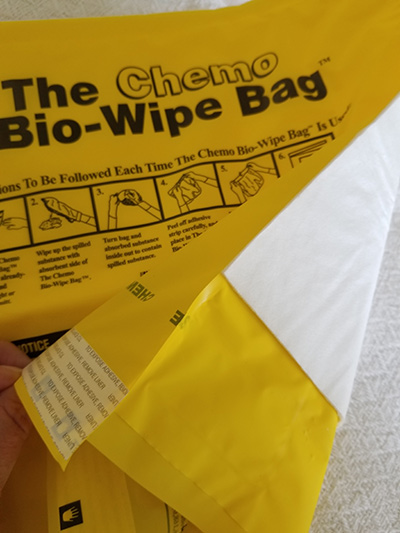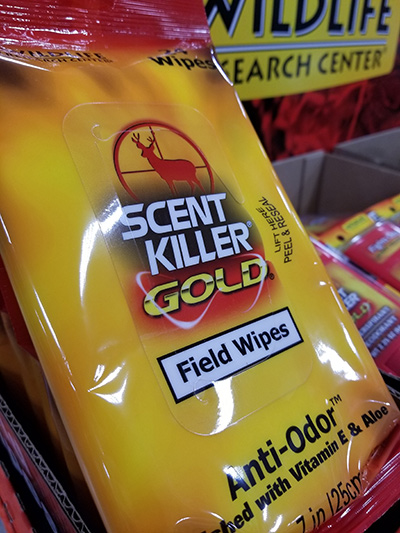Flexible Packaging, a Converting Dynamo
- Published: December 02, 2019
By Susan Stansbury, Contributing Writer
Flexible packaging makes the most of converters' capabilities, from printing, to form/fill/seal, pouches and many aspects that are the growth stars of the industry. Market drivers include elements that appeal to consumers, with our list of factors. A range of issues and opportunities confront this wide-ranging industry.
 What is Flexible Packaging?
What is Flexible Packaging?
Definitions abound depending on your role, from product development expertise, processing, equipment and supplies. And if you’re an academic, that’s a whole other layer of meaning ascribed to the world of flexible packaging. Oh, and where in the world you are, with trending products and markets.
We could begin with paper packaging in flexibles: paper bags, corrugated and boxboard (don’t say cardboard; paperboard is better). Some examples in boxboard include cereal and shoes, crackers and toy boxes.
Types of containers in flexible packaging are another way to define this industry. The traditional competitor to flexible packages is RIGID packaging include glass, metal cans and rigid plastics touted for strength and safety.
According to the Flexible Packaging Association, flexible packaging is any package or part whose shape can be readily changed.
Types of vertical packages include form-fill-seal bagging as well as stand-up pouch bagging and sealing. Sealed flow wrap packages, shrink sleeve, blister and clamshell, folding cartons and sealed tray food packages are others.
Modified atmosphere packaging (MAP) extends the shelf life of fruits and vegetables, meat, fish, poultry and dairy in the presence of oxygen. Flexible packaging can offer the many shapes and sealing solutions across these varying markets.
Packaging functions as protection and safety; containment and even reduced space when compared to rigid packaging; accommodates information; and allows for high-level visual promotion.
Being “green” and allowing for recycling, re-use and other features are under constant development. The multi-wall nature of many of these packages makes recycling a challenge. So, using less and wasting less in production are critical while other solutions are sought.
 Plastics Offer Myriad Features
Plastics Offer Myriad Features
Plastics used in packaging include PET, HDPE, LDPE, PVC, PP and PS. Functionality for their end uses lends high value to flexible packages.
Polyester offers strength, heat tolerance (often microwavable), clarity and more. The latest polyester developed by Filmquest has a “soft touch” surface that appeals as a special value to consumers who pick up packages, want a quieter package and respond to the high quality of reverse printed graphics.
High density and low-density polyethylene film cover the gamut, from high strength on one hand to sealable layering on the other, and many other attributes. Factory processing, layering and finished product all play their roles in thickness and level of density in choosing polyethylene.
PVC packaging includes shrink tubing, inflatable products, food containment and various printed items. Polyvinyl chloride offers a lower cost versus some other choices.
Polypropylene packaging includes bulk containment and other industrial bags, cling film, grocery bags and sandwich bags, among the uses. It’s strong, flexible and temperature tolerant, costing less than some other substrates. Its specialty characteristics include having a low coefficient of friction and good chemical resistance. It’s not widely recycled, but the recycling rate is improving with PP finding a new life, for example, in storage containers.
Polystyrene is produced in rigid and foam form. As a foam, it’s often seen as those irritating packing “peanuts,” along with egg containers and take-out containers with good insulation properties. Otherwise, the non-foam PS is used for food containers, cups, DVD cases known for transparent characteristics.
Niche Packaging Gains Attention
Certain bags and packages call for less well-known materials like PVA and water-soluble materials that are used in medical or niche settings. Containing patient bed linens and dropping into the washer with minimal handling, the bag dissolves during laundering. Or new materials like water-soluble brand AquaSys 120 aimed at 3D printing.
Reynolds Packaging in Green Bay, Wisc., is focusing on compostable packaging bags. From its start in candy and food packaging, Reynolds is expanding, working with co-packers, printers and converters, making pouches that have a super-strong seal, says CEO Lisa Reynolds. “We use 1 - 4 mil thick material derived from pulp, and our customer base is glad to see this option.”
Packaging used to be in a second tier behind converting and processing products. Largely due to flexible packaging offering high value and turning heads, that has all changed.
About the Author:
Susan Stansbury has extensive experience in the paper, converting, printing and related industries serving in roles including sales and marketing management. She has been a consultant, speaker and writer in the converting industry.





